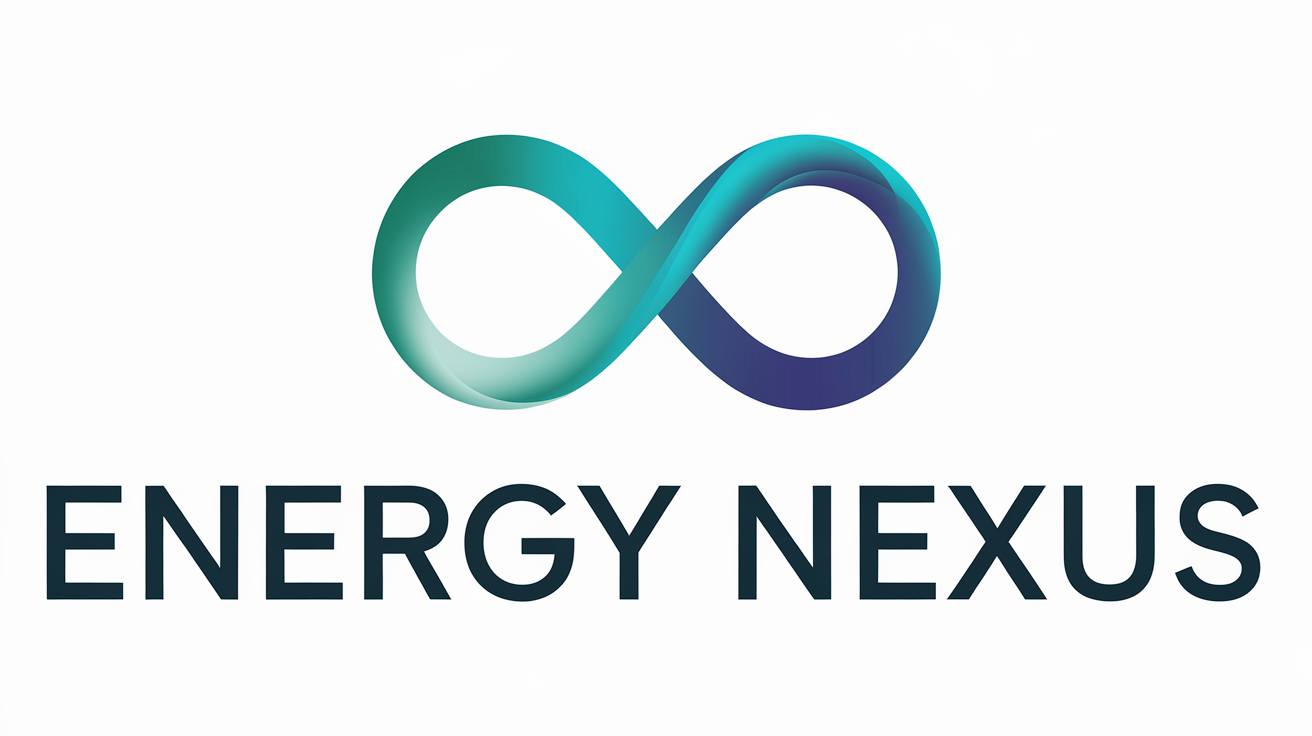Grid Integration and Smart Grid Consulting
Description:
This service focuses on helping clients integrate renewable energy sources into existing power grids while utilizing smart grid technologies to manage energy flow more efficiently. Given the intermittent nature of renewable energy sources like solar and wind, smart grid systems play a crucial role in ensuring grid stability and reliability. Smart grids leverage digital communication technologies to monitor energy usage in real-time, optimize energy distribution, and balance supply and demand. This service covers:
- Renewable Energy Integration: Designing and implementing systems to seamlessly incorporate renewable energy into the grid.
- Smart Grid Technology Deployment: Utilising advanced technologies like smart meters, sensors, and automated control systems to manage energy generation, storage, and distribution.
- Energy Storage Solutions: Integrating energy storage systems (batteries) to store excess renewable energy and release it during periods of low generation or high demand.
- Grid Modernisation: Upgrading existing grid infrastructure to make it smarter, more efficient, and capable of handling the complexities of renewable energy sources.
This service ensures that energy systems remain stable, efficient, and responsive, despite the variability of renewable energy production.
Target Customers:
-
Utility Companies
- Why: Utility companies are responsible for managing large-scale power grids and need to integrate renewable energy sources without compromising grid stability. With the growing demand for renewable energy, utilities are modernising their grids to handle fluctuations in energy generation and improve energy efficiency. Smart grid technologies help utilities optimize their energy management and ensure reliable service.
- Examples: Public and private utility companies, grid operators, and independent power producers (IPPs).
-
Government Agencies
- Why: Governments are increasingly implementing smart grid infrastructure as part of national or regional energy modernisation plans. These efforts are driven by the need to reduce carbon emissions, enhance energy efficiency, and improve the reliability of national power systems. Governments often seek consultation to design, plan, and implement smart grid projects that can integrate renewable energy sources and support energy transitions.
- Examples: National and regional energy ministries, public infrastructure agencies, and regulatory bodies involved in energy policy.
-
Large Commercial or Industrial Sites
- Why: Large commercial and industrial sites, such as manufacturing plants, business campuses, and industrial complexes, often adopt microgrids to ensure energy security and manage renewable energy sources effectively. Microgrids allow these clients to generate, store, and use renewable energy on-site, improving resilience to grid outages and reducing energy costs.
- Examples: Manufacturing plants, industrial parks, corporate campuses, and large commercial developments.
This service enables clients to modernise their energy infrastructure, effectively manage renewable energy integration, and improve energy efficiency, resulting in more reliable, sustainable, and cost-effective power systems.
